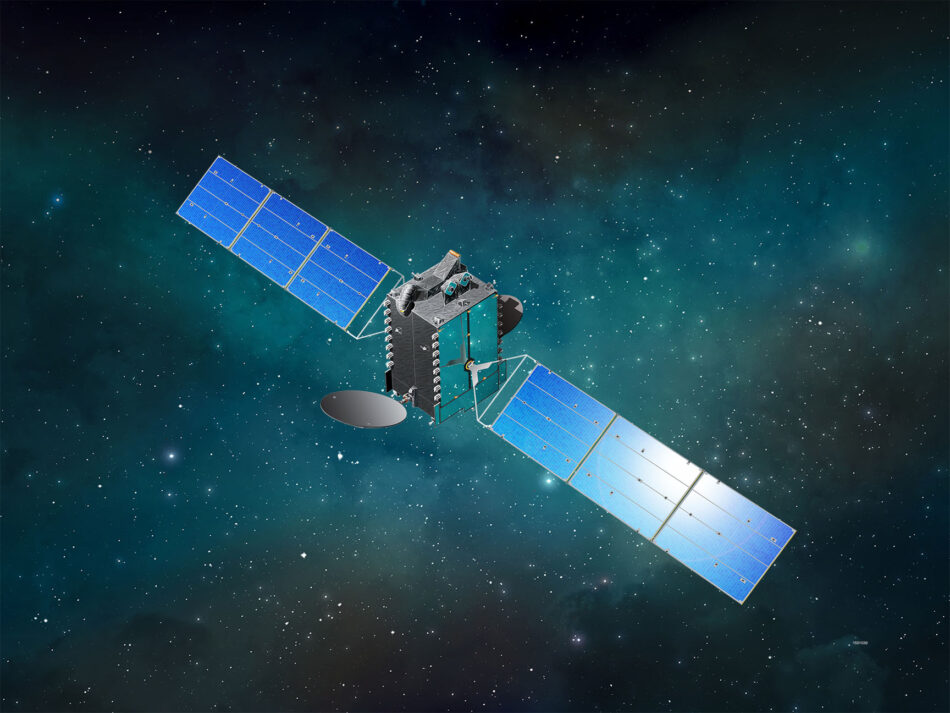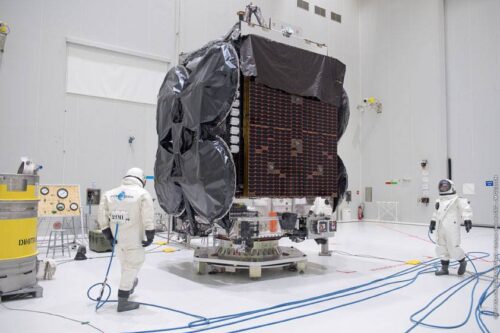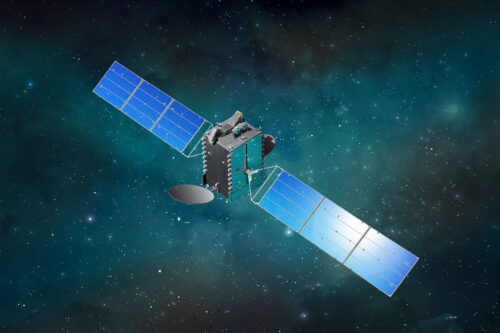
Back to selection
GEO Satellite
BSat-2a GEO
succesfull
Launch date
8 March 2001
Country

Purpose
Broadcasting
Position
110° East
Manufacturer
Operator
Launch operator
Launch vehicle
Ariane 5G
Expected lifetime
10 Years

Region
Asia Pacific Region
BSAT-2a at 110° East – Operated by B-SAT for Direct Broadcast Services in Japan
BSAT-2a was a geostationary communications satellite operated by Broadcasting Satellite System Corporation (B-SAT), Japan’s leading satellite operator for television broadcasting. The satellite was positioned at 110° East longitude and worked alongside its companion, BSAT-2c, to provide redundant high-definition (HD) direct-to-home television broadcasting services across Japan.
Satellite Overview and Mission Purpose
-
Satellite Name: BSAT-2a
-
Manufacturer: Orbital Sciences Corporation
-
Satellite Platform: STAR-1
-
Launch Mass: 1,317 kg (2,903 lb)
-
Dry Mass: 535 kg (1,179 lb)
-
Design Life: 10 years
-
Orbit Slot: 110° East (Geostationary Orbit)
BSAT-2a was launched to support digital television broadcasting in Japan, ensuring nationwide HD content delivery with enhanced reliability. It operated in tandem with BSAT-2c, creating a backup-redundant configuration to maintain consistent TV signal coverage.
Technical Details and Launch
The satellite was built on the STAR-1 bus and equipped with a solid-fueled Star 30CBP apogee kick motor for orbit raising. It carried 200 kg (440 lb) of liquid propellant for station-keeping thrusters.
In March 1999, B-SAT signed a contract with Orbital Sciences Corporation (now part of Northrop Grumman) to procure two STAR-1 platform satellites: BSAT-2a and BSAT-2b. This marked Orbital’s second order for the STAR-1 platform and its first since acquiring CTA Space Systems, the original developer.
BSAT-2a was successfully launched on March 8, 2001, aboard an Ariane 5G rocket from the Guiana Space Centre (ELA-3) in Kourou, French Guiana. It shared the payload fairing with Eurobird and occupied the lower berth. The satellite began broadcasting digital TV signals on April 26, 2001.
Decommissioning and Legacy
B-SAT ceased analog television broadcasting in July 2011, completing Japan’s transition to digital. BSAT-2a continued operating until January 2013, after which it was moved to a graveyard orbit and officially decommissioned.
About B-SAT
Broadcasting Satellite System Corporation (B-SAT) is Japan’s primary satellite operator for broadcasting services. Founded in 1993, B-SAT was established to manage the satellite capacity required for NHK (Japan Broadcasting Corporation) and commercial broadcasters. The company has played a vital role in supporting Japan’s transition from analog to digital terrestrial and satellite broadcasting. B-SAT operates a fleet of satellites dedicated to direct broadcast services, delivering high-definition and 4K/8K content across the nation.
GEO Satellite
BSat-2a
succesfull
GEO Satellite
BSat-2a
succesfull

